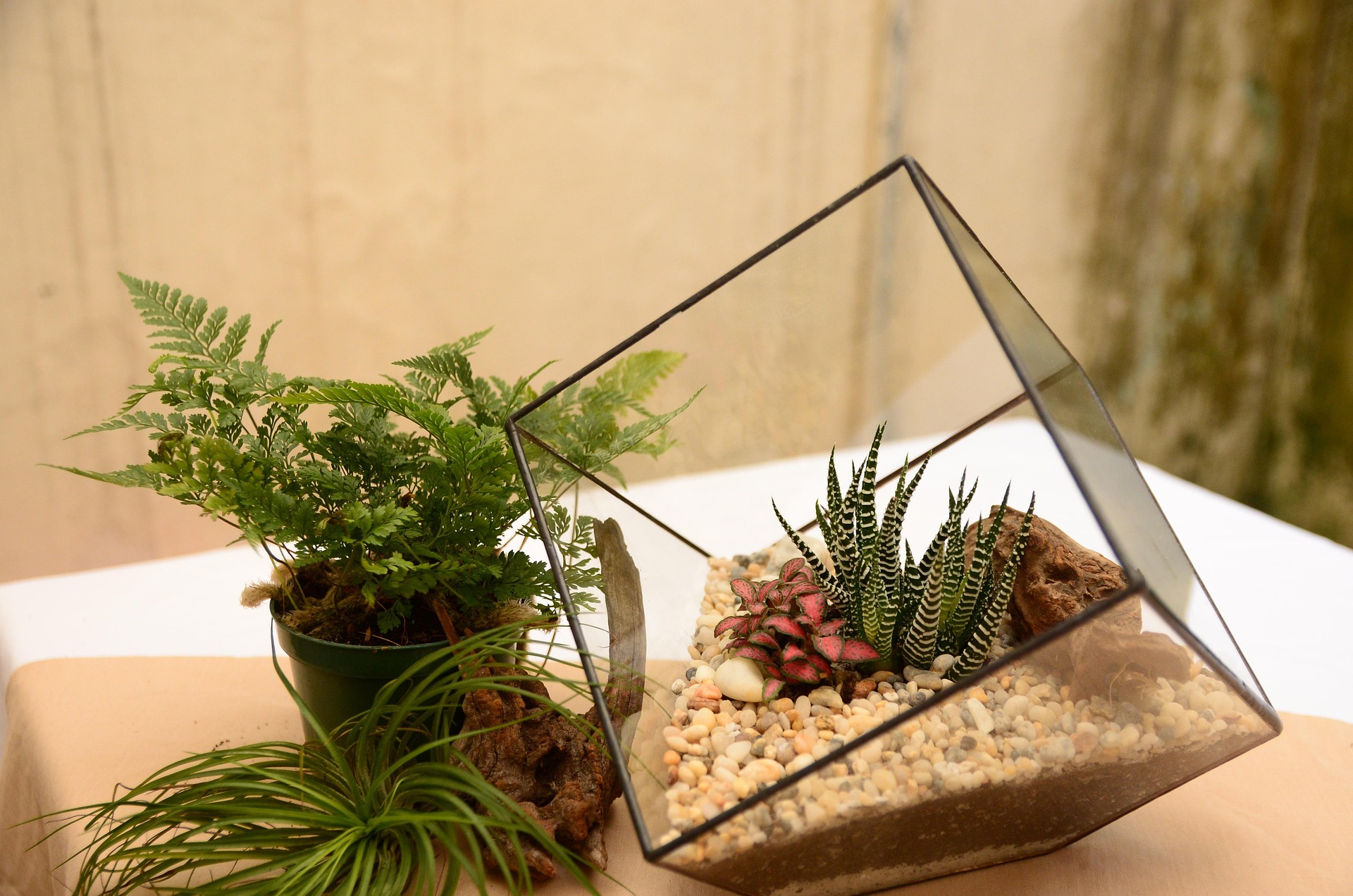A Closer Look at the Growing Trend of Bioactive Terrariums for Reptiles
Bioactive terrariums for reptiles are rapidly gaining popularity. This comprehensive guide offers an in-depth analysis of this trend and its evolving significance in pet care.

Journey Through History: The Emergence of Bioactive Terrariums
The concept of bioactive terrariums originates from the practice of keeping plants in a closed, self-sustaining environment. Hobbyists actively started using this methodology for reptile keeping around the 1990s. The idea was to create a mini-ecosystem, reflecting their natural habitat. The gradual acceptance of this approach over traditional tanks was influenced by a strengthened emphasis on animal welfare and the desire to observe animals in more natural behaviors.
Bioactive Terrariums Today: A Rising Trend
Today, bioactive terrariums set a new standard for the housing and husbandry of pet reptiles. A recent survey by the National Pet Owners Association indicates an estimated 15% surge in the adoption of bioactive terrariums in the last five years. The popularity of these terrariums is not confined solely to herpetologists or breeders; it also spans to everyday pet owners adopting a more natural approach to pet care.
Understanding the Impact: Animal Welfare & Market Growth
Adopting bioactive terrariums not only enhances our understanding of animals but also offers a more fulfilling life experience for the pets. The health benefits of bioactive terrariums for animals are substantial, leading to a happier and stress-free habitat that significantly impacts their lifespan. As for the market implications, the bioactive terrarium industry is estimated to range around a worth of $60 million, with an expected growth rate of 7% annually.
Demystifying the Benefits: Health and Wellbeing
Data driven by extensive research and surveys establish bioactive terrariums as a tool for mental and physical stimulation for reptiles. Activities like burrowing and climbing, coupled with a varied diet derived from the terrarium’s ecosystem, contribute positively to their overall health. Moreover, the self-cleaning nature of these terrariums reduces the frequency of stressful clean-ups for the reptiles and makes maintenance easier for the keepers.
Towards The Future: Making the Switch
With the benefits being recognized, it’s no wonder more and more pet parents are switching to bioactive terrariums. Transitioning might seem intimidating due to information overload and the various opinions of different keepers, but it is, indeed, a rewarding journey. Pet stores are now offering larger selections of components and kits for setting up such systems at home quickly.
In conclusion, it’s clear that the rise of bioactive terrariums in reptile keeping has largely paved the way for an evolution in pet care standards. This paradigm shift, focusing on providing naturalistic and enriching environments for our scaled companions, is both beneficial for the pet and the pet parent and here to stay.




